#004🧘♀️ Post-Pop-Up Serenity: Vibe Coding My Design Website & a Mini Game for Nostalgia 🎮
Post event serenity, vibe coding, and a little contemplation on video games and nostalgia
Edge Esmeralda Wrapping Up
Edge Esmeralda came to an end last week. What a wild ride! Read HERE for a detailed recap from Lina.

DJing has become my favorite passion. There are very few things that feel as good as playing music from your favorite artists to offer good vibes to your favorite group of friends.
The vibes for the Edge Esmeralda closing party were ☀️ a dream! Thanks to dear
for taking this epic shot. So much love was felt.I really regret not recording my recent mixes 😩, but here is a list of mixes I had over the years of DJing at various gatherings.
DJ is one of those low-lift, high-reward activities. Anyone who loves collecting music and curating a vibe can start with shuffling a Spotify playlist for friends’ dinner party.
My recent favorite album on repeat is CAPYAC FOREVER. This album is like an ocean breeze with funky feel-good club beats suitable for any day, anywhere, and it’s almost always guaranteed to be a good time!
Remember to ‘Check In’
Being in communal situations is not always fun. It can also be challenging at times. I find myself dialing up and down on the extroversion -vs- introversion scale.
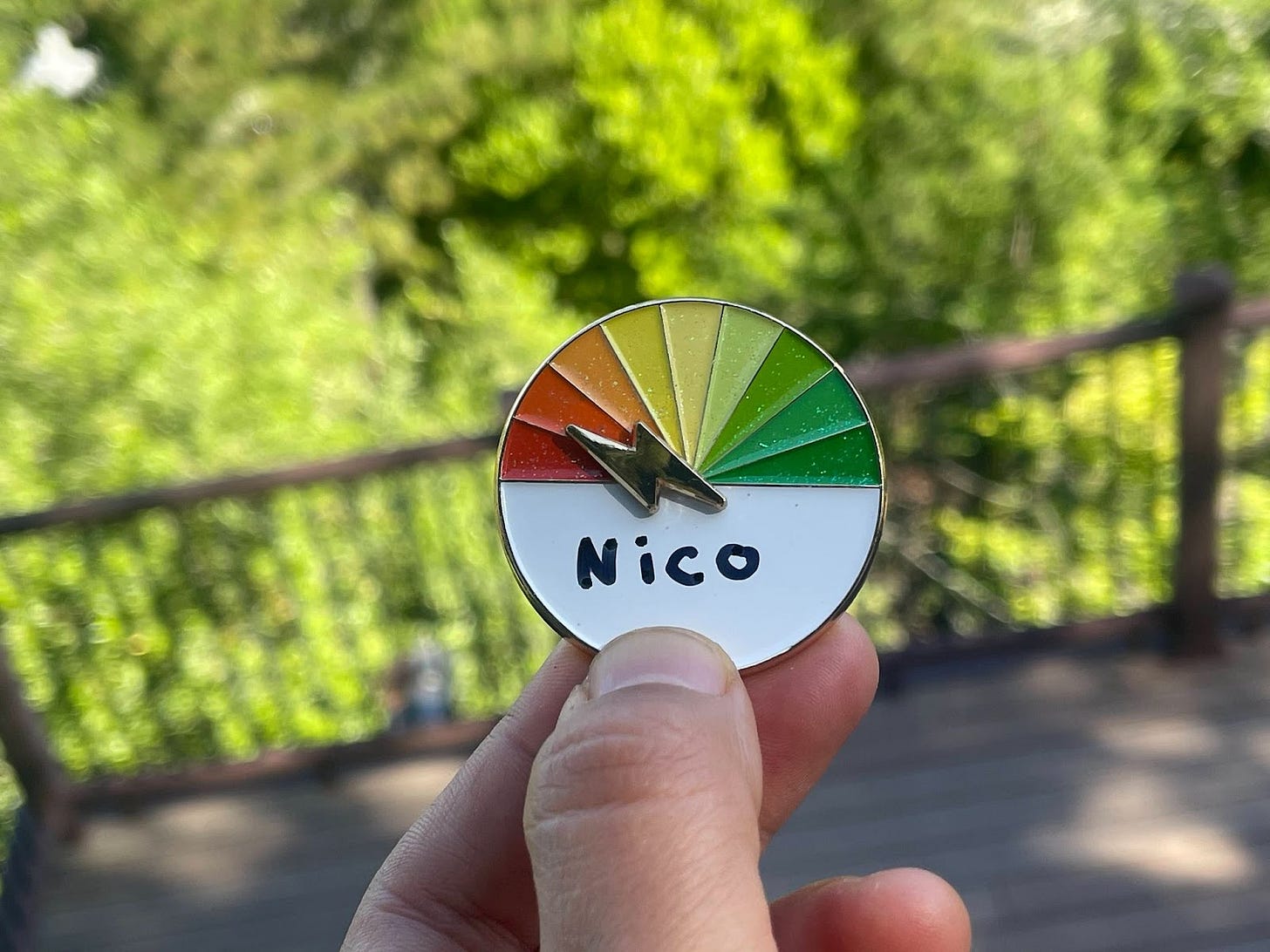
My social battery got lower and lower in the past 2 weeks, and doesn’t matter how much self-care routine I do, alone time, meditation, yoga, exercise, journaling… the battery just refuses to pick back up. There’s this ‘scarcity mindset’ that I’m not gonna be with this community in this way anymore after the end of this event, so I had to summon everything I got to show up for people and myself.
I started having an influx of negative self-talk, started to feel less hopeful about the world, and anxiety and depression slowly crept up on me. I wanted to deal with these emotions before they get out of control. I sat with them, went on walks with them, had conversations with them, ‘Where do you guys come from? Why are you here? Can we resolve each other?’
“Sometimes your joy is the source of your smile, but sometimes your smile can be the source of your joy.”
― Thich Nhat Hanh
As I tried to ‘debug’ my mental states, I discovered this wonderful meditative therapy method – ‘RAIN’, developed by Tara Brach.
The acronym RAIN is an easy-to-remember tool for practicing mindfulness and compassion using the following four steps:
Recognize what is happening;
Allow the experience to be there, just as it is;
Investigate with interest and care;
Nurture with self-compassion.
So I ‘RAINED’, writing out everything on my mind, chatted with GPT about it, and the result was amazing! I started to observe how I react to people. It could have been the exact same person having exactly the same conversation with me, but without doing the homework of self check-in and inner balance, I could react almost 180 degrees differently, ranging from a grumpy old ‘don’t talk to me’ house cat to the super excited ‘tell me everything’ golden retriever.
Our moods fluctuate, ups and downs, emotions come and go, and we can’t control them. The best we can do is to listen to them, acknowledge them, and work with them. Having these practices – consistent meditation, mindful walking, journaling, and an abundance of self-reflection time – has been doing me wonders. ✨
A Week of Tranquility & Vibe Coding
I have successfully landed in the SF Bay Area. I’ll be here for the season, checking out co-living homes, Frontier Tower activities, and enjoying dinners, gatherings, and many other ‘normal things normal city people do’ — I can’t wait!
For this week, I’ve been enjoying some post-event solitude and decided to use this time to vibe-code a new portfolio for my recent work.
Designing a portfolio seems like it should be easy, but it’s really not. How do you choose which work to highlight, how to prioritize, or categorize?
The BEST resources I found to build a portfolio website are from Semplice, this beginner’s guide on portfolio fundamentals, and this guide on crafting a good case study were extremely helpful.
I started using MyMind, a new bookmarking app. The unique and vibrant design caught my attention right away. MyMind has this gentle, sophisticated, but also really honest design language.
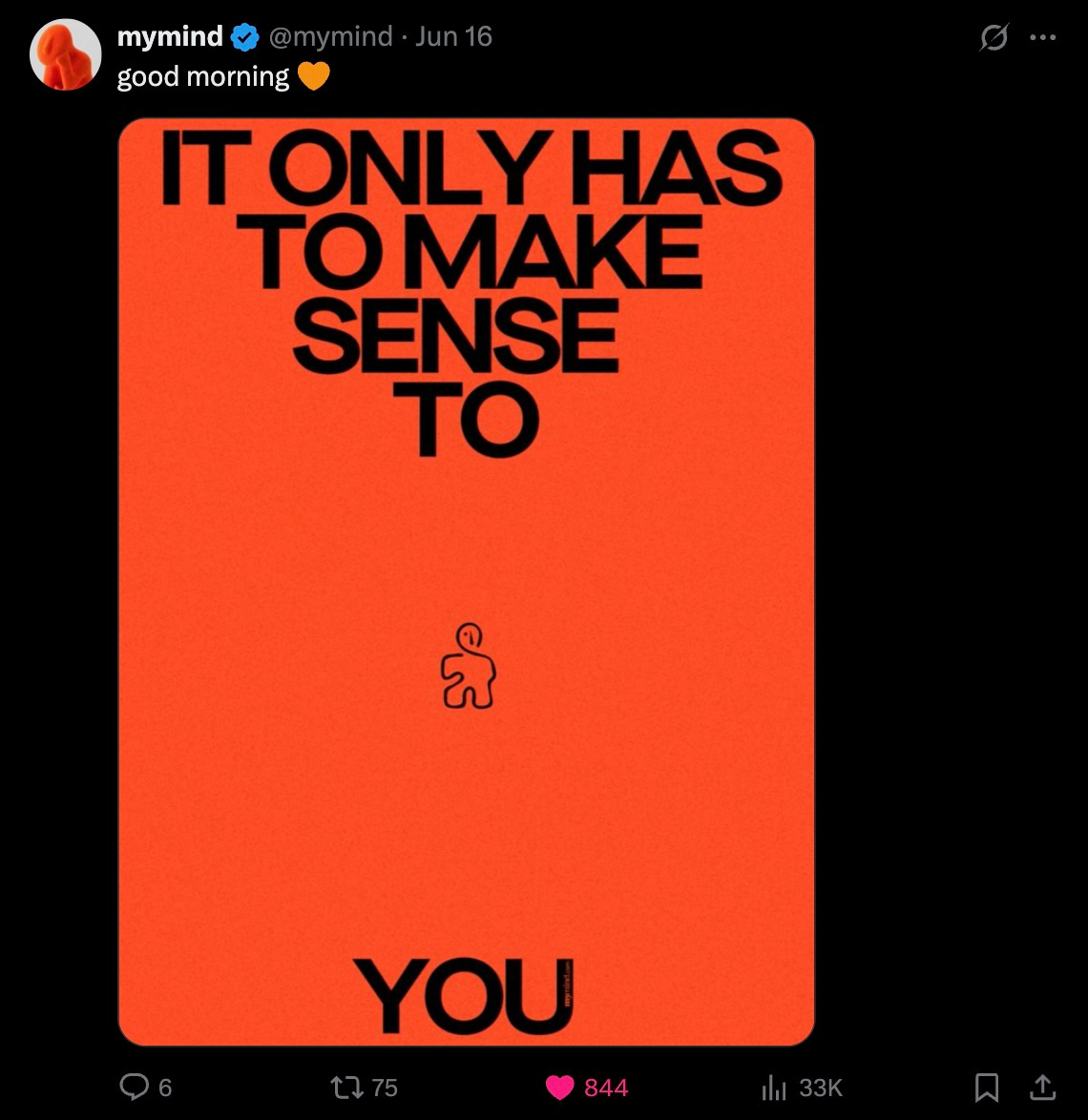
I got curious about the story behind it. Diving into the rabbit hole, I followed the story of Tobias Van Schneider, the co-founder of MyMind, also the founder of Semplice, from this incredible Indiehacker podcast.
Tobias lives and breathes this ‘grid-free’ ethos, an extremely sovereign thinker and artist. His work is expressive, personal, and more importantly, authentic, a rare combination of qualities in today’s creative industry.

I started to ship one article a week now on this blog inspired by his philosophy, and I’ve been loving it!
My Workflow: Figma → Replit → Cursor → Vercel
I start every creative project in Figma, it’s just an incredible place for visual thinkers to ‘puke out’ everything on my mind. These days, almost half of my life is on figma, my travel plans, new project ideas, high thoughts, moodboards, even my self-care messages.
My first step for the portfolio project is laying out a wireframe in Figma, and the goal is to get the Replit agent to code this out. Before I jump to Replit and say ‘make XXX for me’, I first asked it to recommend a good ‘stack’ for building what I want, I really emphasized ‘lightweight, simple tech stack’.
It’s real! The magic of Replit is unimaginable. I have never seen the process of an agent building things as Replit does, self-correcting, improving every step of the way. It feels like magic.
Current iteration of my vibe-coded website — design.syntonikka.xyz — I’m very happy about how it turned out!
Vibe-coding is great, but for the final small tweaks, like animations or font sizes, having a local IDE is much faster than relying on a web-based agent.
So I took the project offline: uploaded it to GitHub, pulled it into Cursor, did a ton of fine-tuning, and deployed it with Vercel. Replit can host sites too, but I prefer having full control in a local environment.
There’s always a trade-off between customization and convenience. I think it’s important to understand the systems we rely on—even if we don’t build the car from scratch, we should at least know how to change a flat.
Fixing a motorcycle is as much an art as riding it—and that’s how I feel about coding. Maybe AI agents will eventually be flawless—ChatGPT is always right, Siri never butt-dials random friends.
No matter how fast the tech evolves, I believe we should never offload too much of our intelligence and agency. That’s how we stay ‘human’, and that’s how we evolve to become better humans.
Sci-fi stories love warning us of a world when AI agents roam on the streets, handling complex tasks, making us… ‘obsolete’. I believe it’s for good reasons.
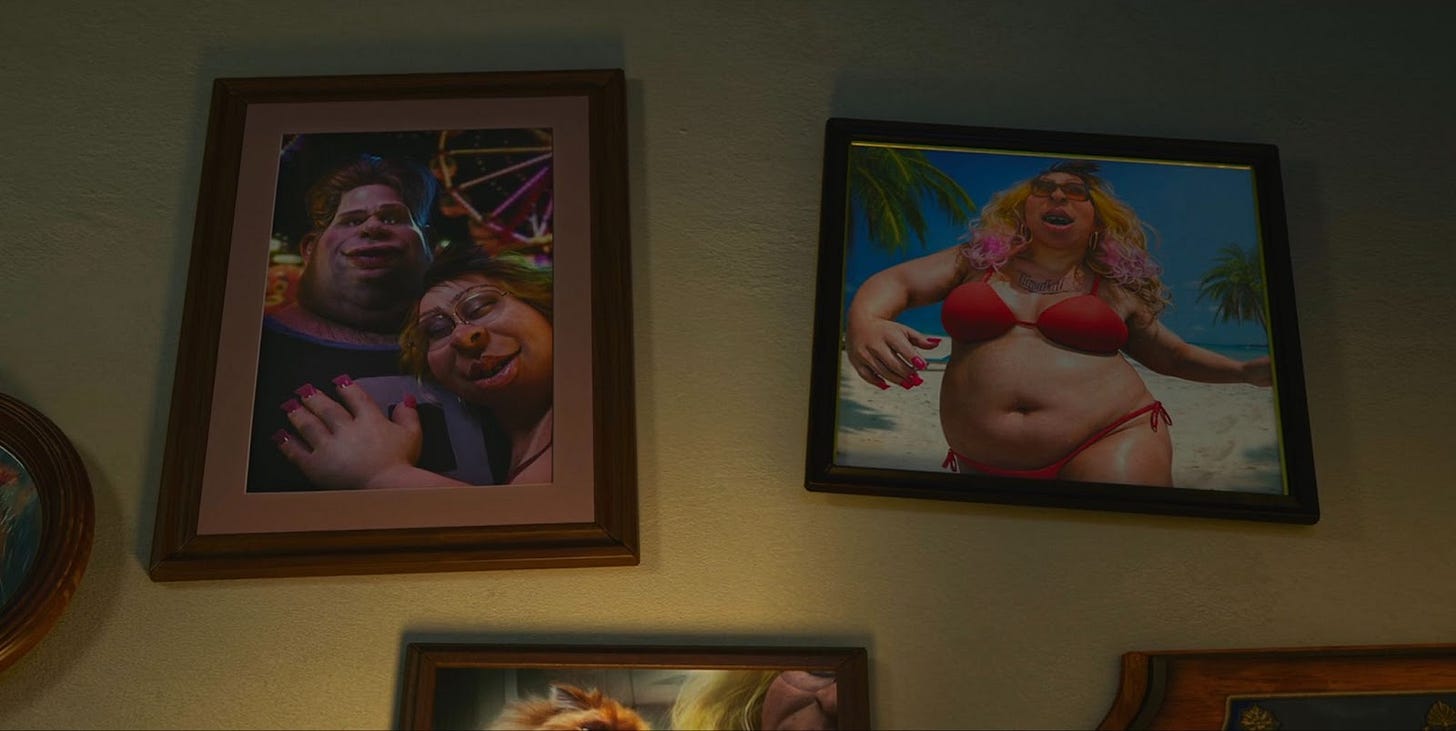
I’m not an AI safety expert, but my intuition is that as long as we keep learning, growing, solving new problems, staying ‘in shape’ (mentally and physically), pushing for innovation, and being ‘on top of our games’, we should be in a good place. ☺️
Making a Mini Game
I had some extra time this week, so I thought of adding something more funky and unique: a little game to make this feel more playful and personal. The idea of a simple Super Mario platformer came to mind. So I started experimenting with turning the texts into blocks in a <canvas> element.
8-bit platformers evoke this nostalgic feeling of the beginning of ‘video games’. This style reminds us of a time when computers were a lot less advanced, but more ‘approachable’ in a way. Back then, we could actually open up the machine, swap the battery, and customize OS skins. We could actually see ‘the bit’ on the screen.
Super Mario was first released on NES in 1985, which was 40 years ago, enough time to build a legacy.
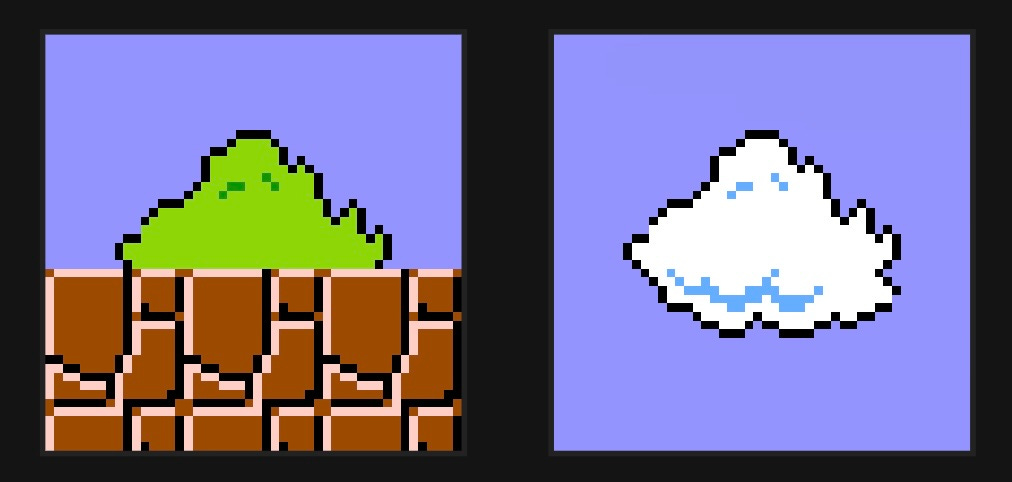
To put things in perspective, a MacBook Pro with an M3 chip today has a CPU ~18,000,000× faster than the NES. The NES had 2 KB of RAM, 2KB! That’s less than the size of an emoji today 😂
A fun side-by-side comparison of the 1985 NES and a 2025 MacBook Pro:
How amazing was it that video game developers back then had so little space to work with, yet they came up with something incredible?
There is something about the frugality and craftiness of utilizing every bit of compute to maximize fun and replayability that most modern games seem to have lost.
You open the top trending games on the App Store, or on Switch, they’re from massive AAA teams, tons of VFX with a gazillion sparkles, layers of sound effects and animations… it just overwhelms your eyes with all these bedazzling attractions. But if you strip down these fancy ‘skins’, the gameplay is honestly… still quite similar to what we had.

As a way to ‘honor the legacy’ of where games came from, and create a very simple, fun game for nostalgic reasons, I added this platformer to my portfolio site. I’ve been having a lot of fun just bopping around, and I love to have this as a foundation to build on top of. There are always so many more ideas and always so little time!
Anyways, if any of you have funky game ideas that you want to jam on / build with, let me know! 😎 Enjoy the game HERE 🙂
Thank you for reading Grid Free Minds :) This blog is a labor of love ❤️
What more would you like to see in the future? Please leave a comment to let me know here :)






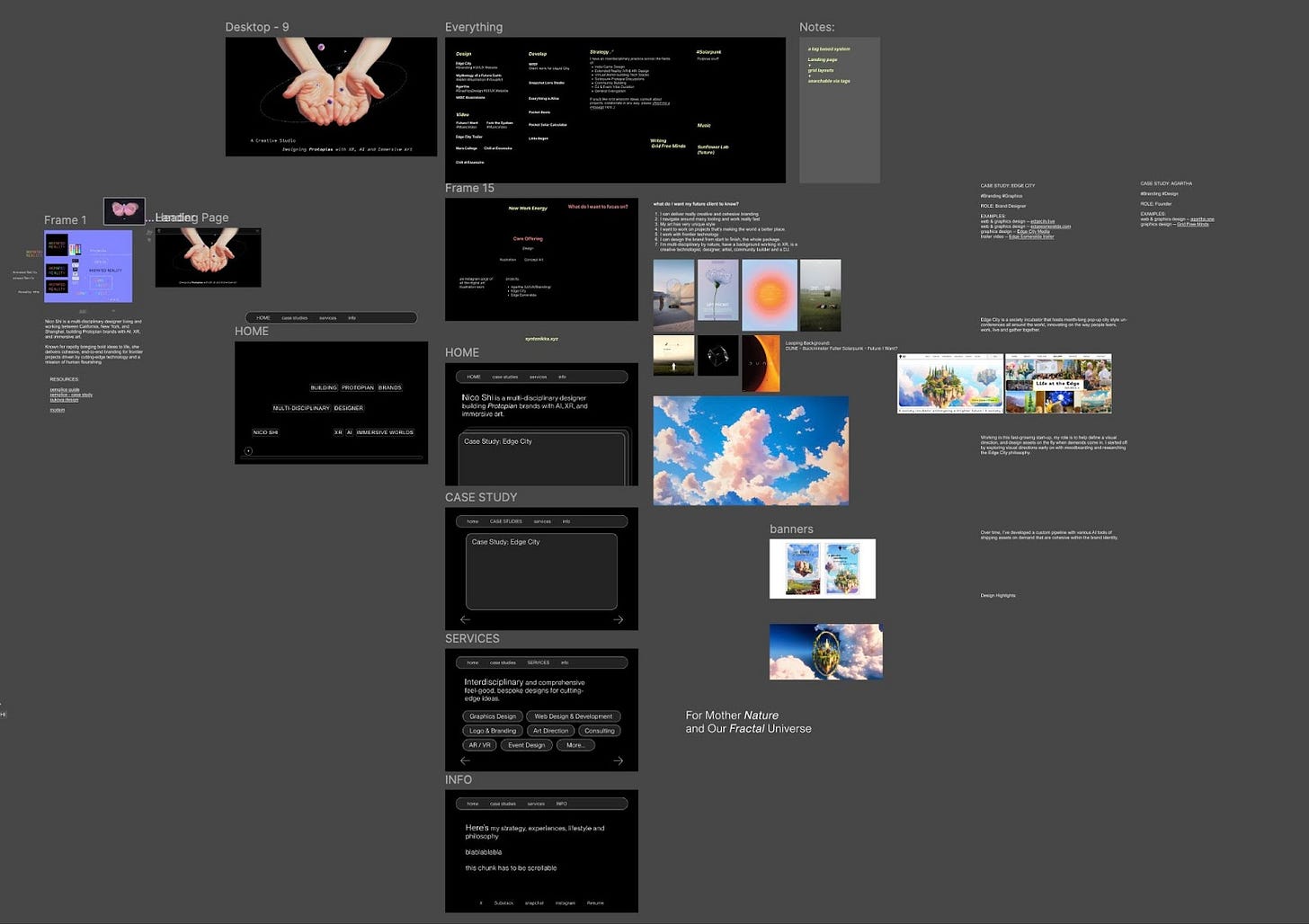

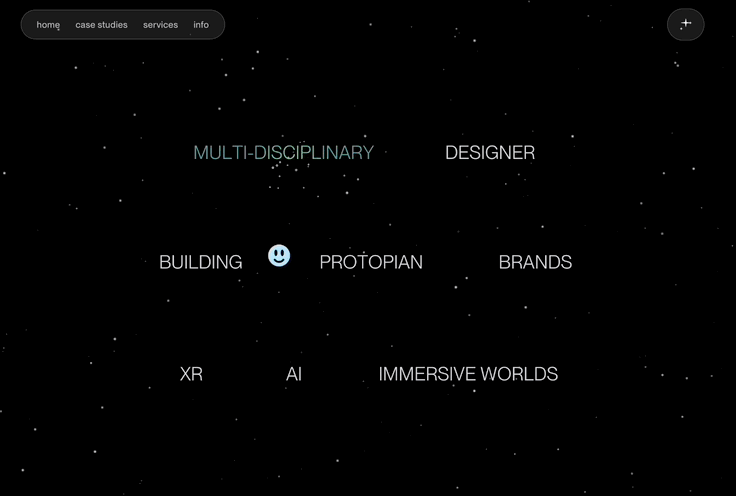
Lovely as always <3
My social battery was leaking badly towards the end of Edge Esmeralda too! Thanks for the vibe coding tips and hope you have a fun and fulfilling time in sf!